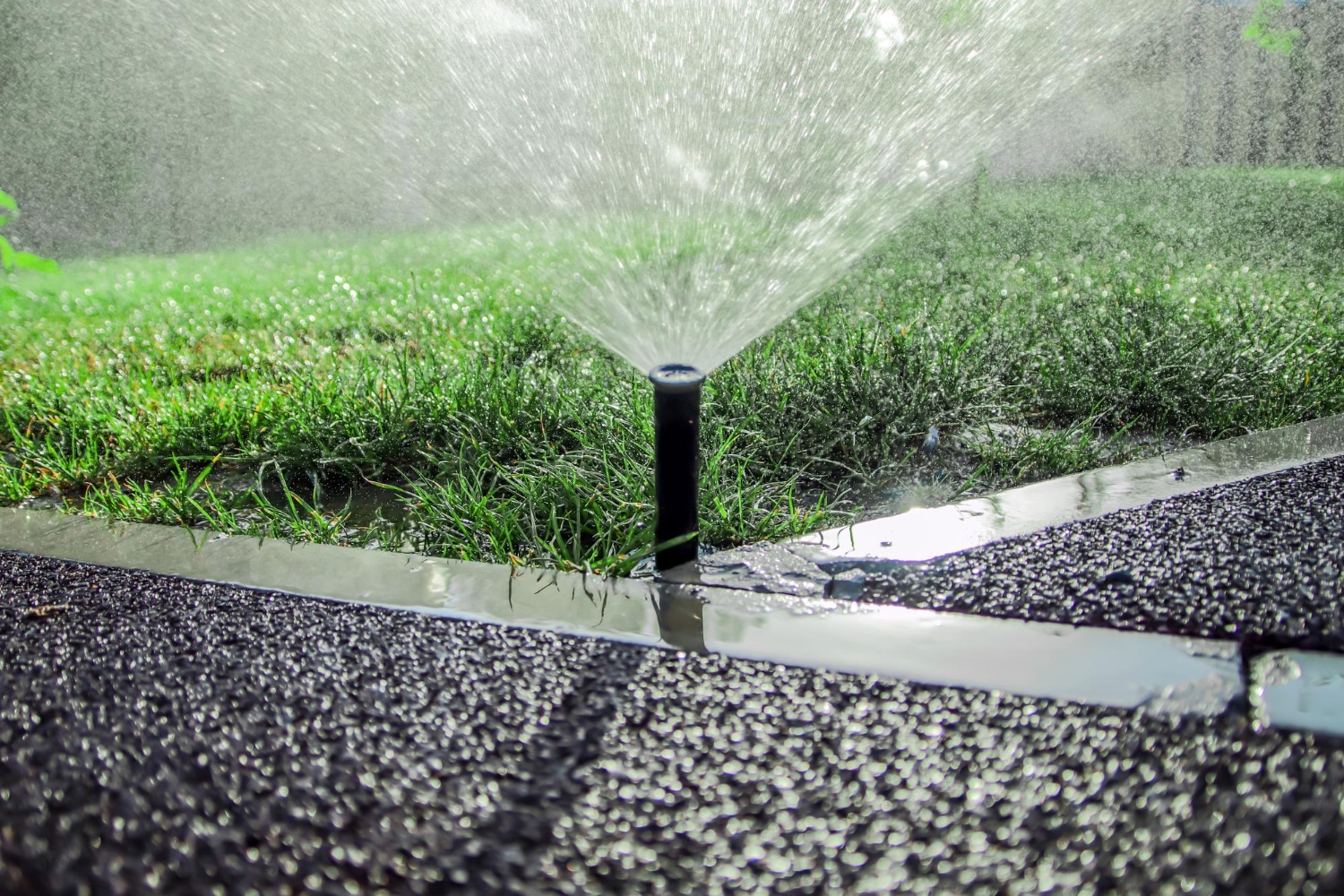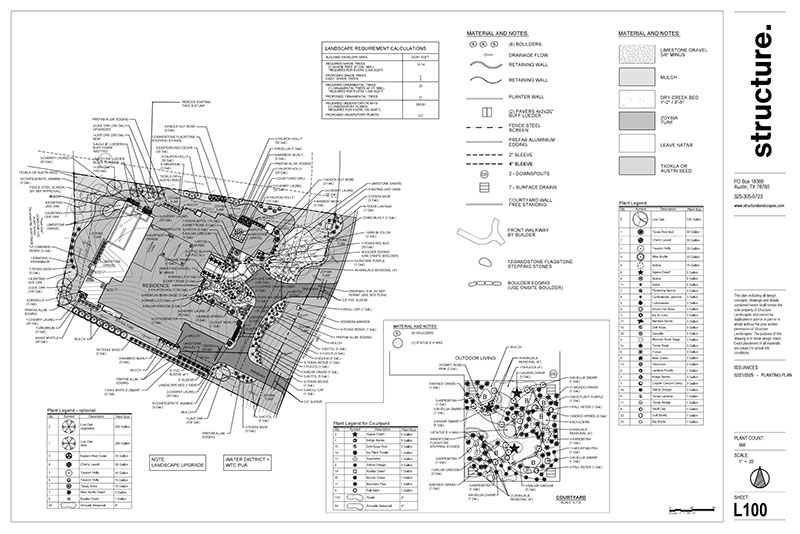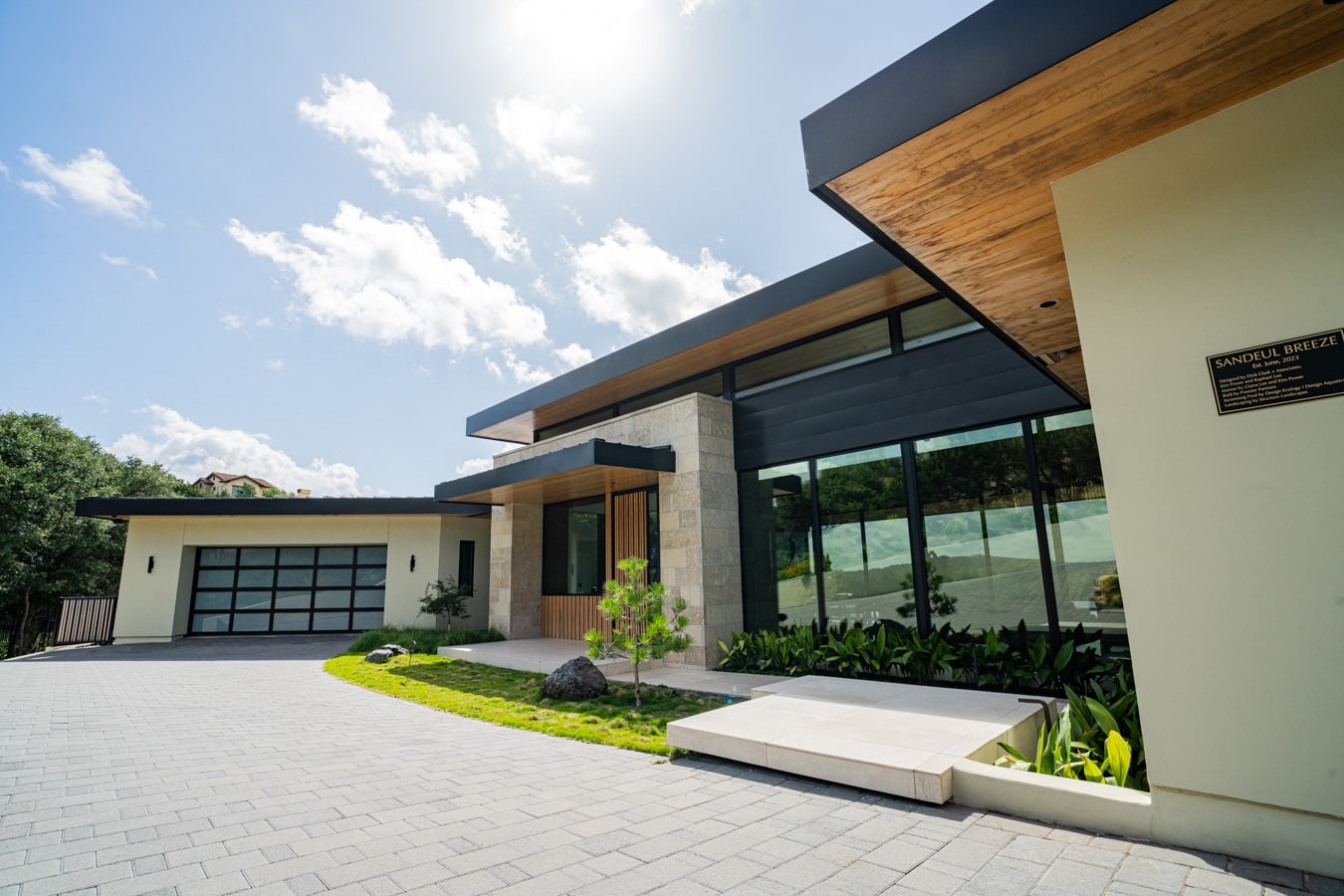New plants need special attention to thrive in their early days, and without the right watering habits, even the healthiest plants can struggle to establish strong roots in their new home. Proper watering techniques make all the difference between a flourishing landscaped garden and one that fails to grow.
New plants need water directly at their base for 30-60 seconds, with deeper soaking being better than shallow watering to encourage strong root growth. The right amount of water depends on your soil type – clay soils need less frequent watering, while sandy soils require more regular attention to keep plants hydrated.
Check if plants need water by touching the soil near their base. When the soil feels dry, it’s time to water. If it’s still wet, wait until it dries out a bit. This simple test helps avoid underwatering and overwatering – common mistakes that can harm new plants.
Understanding Soil and Plant Types
The type of soil in your garden and the specific plants you grow determine the right watering approach. Different soils hold moisture differently, while various plants need specific water amounts.
Soil Characteristics and Moisture Retention
Clay soil holds water longer and drains slowly. Plants in clay soil need less frequent watering, but drainage problems can lead to root rot. Sandy soil drains quickly and needs more frequent watering to keep plants healthy. We recommend checking sandy soil moisture daily during hot weather.
Loam soil contains a mix of clay, sand, and silt, and this balanced mixture gives plants the perfect blend of moisture retention and drainage. A simple way to test soil moisture is to stick your finger about 2 inches into the ground. If it feels dry at that depth, it’s time to water.
Diverse Water Needs of Different Plants
Drought-tolerant plants like lavender and sage need minimal water once established. Water these plants deeply but infrequently. Alternatively, most vegetable gardens need consistent moisture. For example, tomatoes and cucumbers require 1-2 inches of water per week during the growing season.
New plants need more frequent watering than established ones, and remember to check soil moisture daily for the first few weeks after planting.
Water needs change depending on plant size:
- Small plants: 30-60 seconds of watering
- Medium plants: 1-2 minutes
- Large plants: 2-3 minutes
Irrigation Techniques and Equipment
Smart irrigation choices save water while giving plants exactly what they need to thrive.
Deep Watering vs. Shallow Watering
Deep watering helps plants develop strong root systems. Place a hose at the base of each plant and let water trickle slowly for 30-60 seconds for small plants, or longer for larger ones. Shallow watering only moistens the top layer of soil. This leads to weak roots that stay near the surface, making plants more vulnerable to drought.
We recommend watering less frequently but for longer periods, as this encourages roots to grow deeper into the soil where they can access more nutrients and moisture.
Utilizing Soaker Hoses and Drip Irrigation Systems
Soaker hoses and drip systems deliver water directly to plant roots with minimal waste. These systems use 30-50% less water than traditional sprinklers. Place soaker hoses or drip lines around the base of plants, covered by 2-3 inches of mulch. Set timers to water early in the morning when evaporation rates are lowest. Drip systems work best when divided into zones based on plant water needs, grouping thirsty plants on the same irrigation line.
Benefits of Mulching in Water Conservation
A 2-3 inch layer of organic mulch cuts water evaporation by up to 70%. Wood chips, straw, or bark mulch help keep the soil consistently moist between waterings. Mulch also blocks weed growth and slowly adds nutrients to the soil as it breaks down. Apply mulch in a ring around plants, keeping it a few inches away from stems and trunks. Mulched gardens need watering about half as often as bare soil.
Scheduling and Best Practices for Watering
Proper watering timing and methods are key to growing healthy plants. A well-planned schedule and the right techniques will help plants develop strong roots while preventing common problems.
Determining the Best Time to Water
Early morning is the best time to water plants, ideally between 5 AM and 9 AM. This timing gives plants time to absorb water before the day heats up. Morning watering reduces water loss through evaporation and keeps leaves dry before nightfall. Wet leaves at night can lead to fungal growth. Avoid watering during the hottest parts of the day because the water will evaporate too quickly, and droplets can act like tiny magnifying glasses that may burn leaves.
Creating an Effective Watering Schedule
New plants need more frequent watering in their first few weeks. We recommend watering daily for the first week, and then every other day for the second week.
The soil type affects how often you should water:
- Clay soil: Water less frequently but deeply
- Sandy soil: Water more often with smaller amounts
- Loam soil: Water moderately, checking moisture levels regularly
Avoiding Overwatering and its Consequences
Overwatering can have significant effects on plant health. Additionally, check drainage in planting areas, as poor drainage leads to waterlogged soil and unhealthy plants.
Signs of overwatering include:
- Yellow leaves
- Soggy soil
- Fungal growth
- Root rot
- Wilting despite wet soil
Advanced Watering Systems and Monitoring
Modern technology can help you water plants more efficiently while saving time and resources. Smart systems and tools give you precise control over moisture levels to keep plants healthy.
Setting Up an Automatic Sprinkler System
The best automatic systems use zones to target different plant areas, and we recommend installing rain sensors to prevent watering during natural precipitation. Each zone needs separate water pressure settings, remembering plants close to walls or under eaves need more water than exposed areas.
Key Components:
- Controller unit with timer
- Rain sensor
- Zone valves
- Sprinkler heads
- Drip lines for garden beds
Check the system monthly for leaks or blocked sprinkler heads, and clean filters every 3-4 months to maintain proper water flow.
Using Moisture Meters for Accurate Soil Moisture Readings
Moisture meters take the guesswork out of watering – insert the probe 4-6 inches deep near plant roots for accurate readings.
Moisture Level Guide:
- 1-3: Very dry, water needed
- 4-6: Moist, ideal range
- 7-10: Too wet, reduce watering
Test soil moisture at different depths, as surface soil might feel dry while deeper layers retain enough moisture. Take readings at the same time each day for consistent results, always checking multiple spots around larger plants since moisture can vary.Get in touch to discuss any aspect of your garden or backyard, from plant life to functional features like firepits or outdoor seating.





